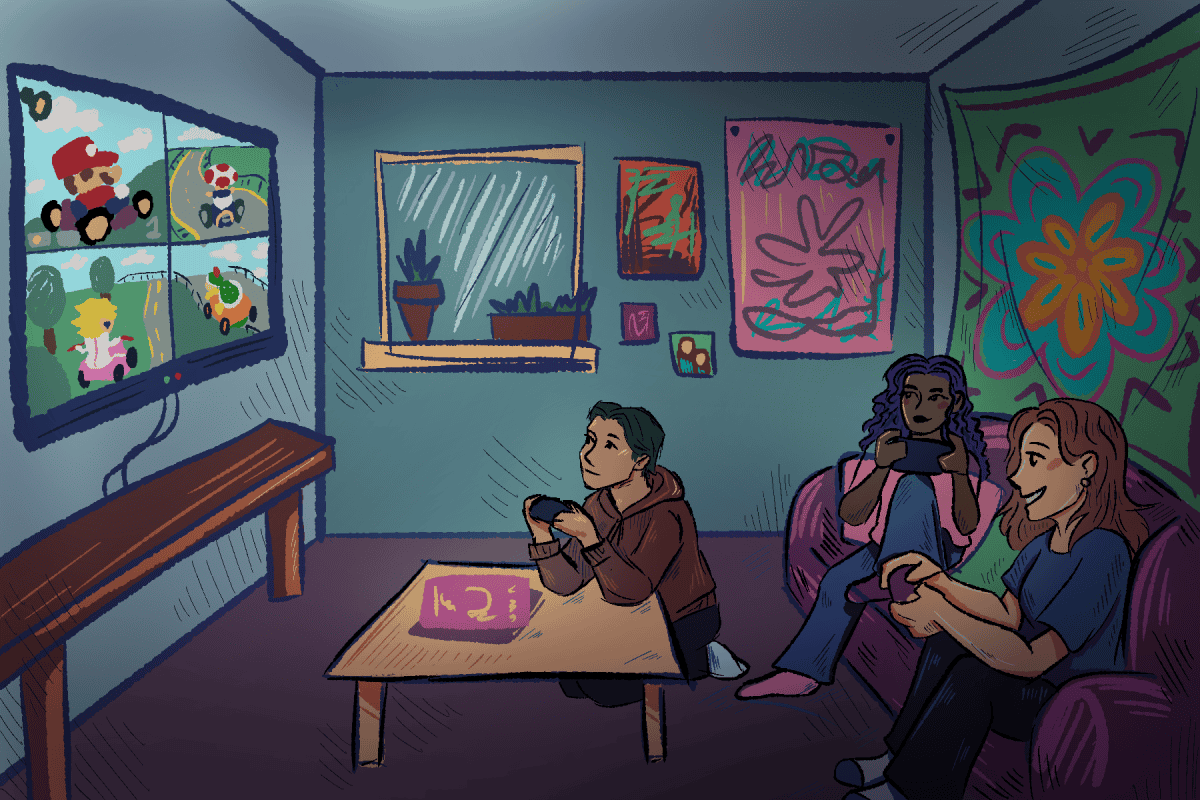Just like the fire-breathing monsters referenced in its title, you can’t judge “How to Train Your Dragon” from first impressions.
Based on a series of popular children’s books — and bearing both a quiet release date and a heavy reliance on 3-D appeal — “Dragon” would seem to be just another shameless movie tie-in, crudely constructed to exploit the devotion of the source material’s young fans.
Toss in the lack of an animation pedigree (no one’s confusing Dreamworks with Pixar) and the absence of creative experience (neither of the film’s two directors have ever worked in the CGI format before) and the odds against “Dragon” climb even higher.
With all these factors conspiring against it, one could easily dismiss “How to Train Your Dragon” without giving it a proper viewing, but that would be a terrible mistake. Far from being derivative, “Dragon” comes across as spectacularly unique. Mixing delightful characters with breathtaking animation, the film touts a genuinely heartwarming story.
“Dragon” opens in the era and domain of the Vikings, as the audience is introduced to the Norse village of Berk. It’s a lovely town — when it’s not being raided by dragons, that is. The vicious, flying reptiles swoop in at night, plucking up sheep and burning down homes.
In response, the town creed is to kill any and every dragon found. And indeed, all Vikings are quite talented in this regard expect one. Enter our hero, Hiccup (voiced by Jay Baruchel).
After wounding a dragon and tracking it to the forest, Hiccup finds himself unable to finish the job. Instead, he aids Toothless (as he names the dragon) in recovery, gradually coming to realize that the town’s long-standing enemies may not be so horrible after all.
“Dragon” provides a full set of imaginative characters, heightening their effectiveness through appropriate voice-casting. Particularly enjoyable are Gerard Butler as Hiccup’s warrior father and Craig Ferguson as the town blacksmith. (Their playfully over-the-top deliveries make it seem as if they’re in competition to see who can lay claim to the thickest Scottish brogue.)
But the film’s most memorable character is undoubtedly its central dragon, Toothless. Easily the most adorable animated creation since the hero of “WALL-E,” Toothless is more housecat than monster, painstakingly rendered to convey emotion through his wide eyes and restless tail.
The film’s animation style is equally expressive. “Dragon” makes use of a vivid palate, employing bright colors and rich shadows to shape an imaginary world of convincing detail.
Such fantastic visuals are undoubtedly aided by the involvement of master cinematographer Roger Deakins. Listed here as a “visual consultant,” Deakins is the photographic hand behind such aesthetically impressive films as “No Country for Old Men,” “The Assassination of Jesse James by the Coward Robert Ford,” and “Nineteen Eighty-Four.” To what extent Deakins was directly involved in “Dragon’s” production is uncertain, but the film certainly boasts its share of cinematic frames.
But the movie’s most resonant accomplishment isn’t a product of its technical proficiency, but rather something more essential: the bond between Toothless and Hiccup. Through this unlikely friendship, “Dragon” matches an emotional depth rarely found in children’s films (the most recent equivalents would be the bond between the farmer and the pig in “Babe” or that of the boy and the robot in “The Iron Giant”).
“How to Train Your Dragon” is a wonderful surprise. By turns both simplistic and profound, it might just be the best wide-release so far this year.
Rating: 3 ½ out of 4
Bottom line: “How to Train Your Dragon” is as thoughtful as it is entertaining—proving that appearances can sometimes be deceiving.






